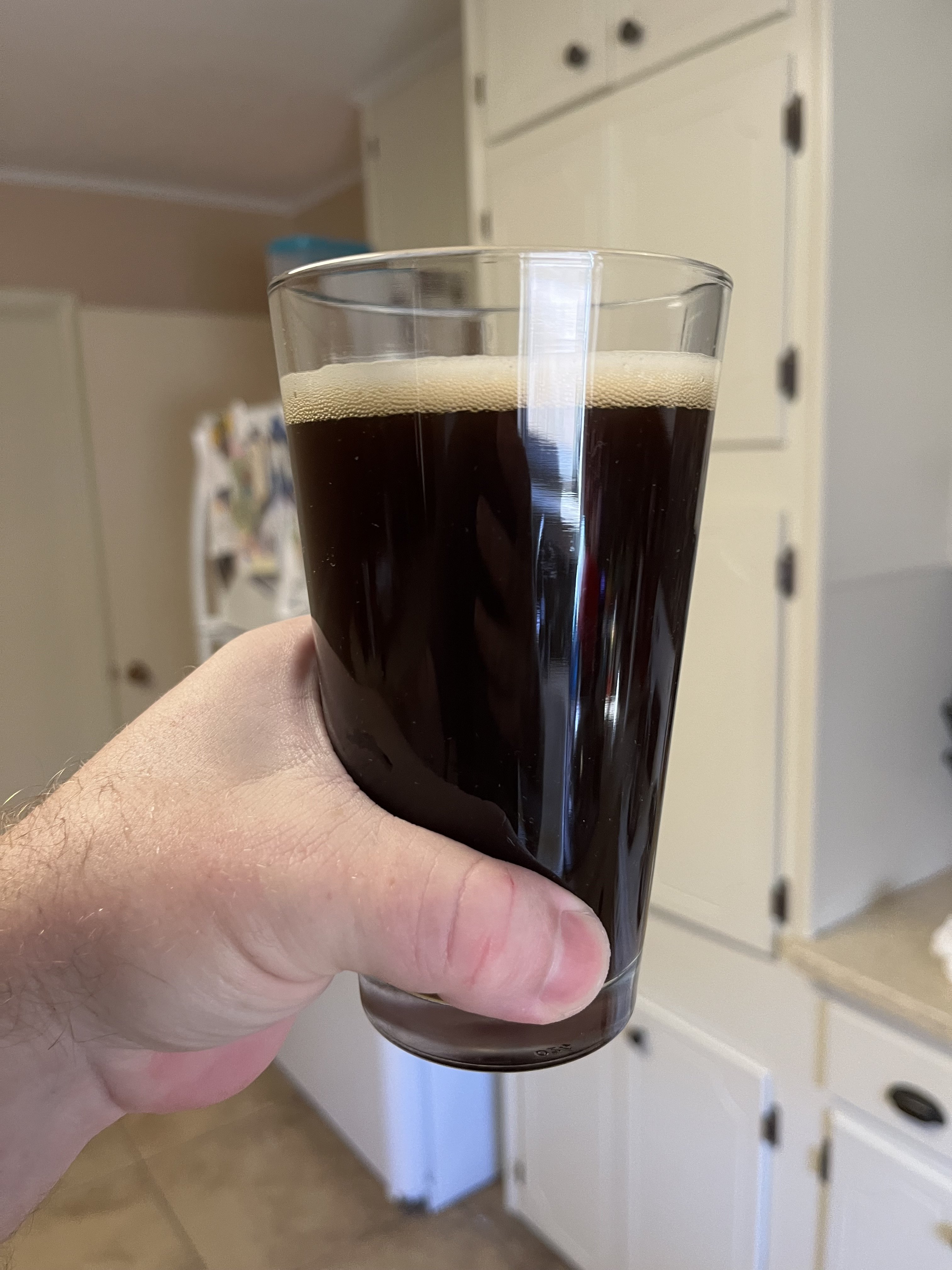I have bottled beer after only 7 days in the fermenter and being that this is your first beer you might do that too, after all, you have no homebrew of your own to drink. One of the drawbacks of that is that not all of the trub (sediment) will have settled out in the fermenter and ends up in the bottle, reducing the amount of clear beer that you want to drink. By leaving the beer in the fermenter longer you can reduce the trub that makes its way into the bottle. I prefer to leave mine for 3 to 4 weeks, maybe even longer if I can hold myself back. The one that I waited for 9 weeks turned out to be a very good beer with nearly no trub in the bottle.
Their schedule for carbonation is a bit off. Being of a scientific bent, I have opened bottles early to see how long carbonation really takes and some of the bottles had significant carbonation after only 24 hours. YMMV I found that carbonation is only part of the process as the beer would make a few bubbles on the top that quickly dissipated. Giving the beer more time improved the bubbles staying power. 3 weeks in the bottle for most beers will give you beer that will hold a head pretty well. For your brown ale, that would be the amount of time to make pretty good beer. Beers that are darker in color and/or higher amounts of alcohol will take longer to condition. I prefer my porters to have 3 month and a higher alcohol stout will taste better if it has 6 months or more. One of my stouts that I managed to save a few bottles from being drunk up early was still improving in flavor after 2 years in the bottle.
Adding part of a Campden tablet will remove chlorine/chloramine from the water but isn't necessary if your water has neither. One Campden tablet will treat 20 gallons of water so decide on how much of it to add to your mash water based on that.
Oooh...I'm glad you brought that up.
I kind of just put a number in there as a placeholder, for lack of a better term, and intend to do readings after the 7-day mark and bottle once my FG is achieved. As far as my carb schedule goes, I was going to let it sit for a couple of weeks and play it by ear...or maybe do the plastic bottle trick.
I kind of wish I had brewed a pale or even...especially... a witbier (love those things) so I could bypass the ageing process but I'm trying to keep my brewing schedule in line with the seasons and those are both spring/summer drinks in my opinion. Of course, with that in mind, these won't be ready until spring anyway so if I age them I might go ahead and do a porter next (I already have the grain bill, just not the fermenter/ fermentation chamber space) and just let them both age until next Fall and do something that I can drink "young" to move the pipeline along and hopefully the brown and porter will be good then.
That being said, and since you mentioned clarity, would cold crashing be absolutely unnecessary since it is a darker beer? I'm not particularly worried about it in the grand scheme of things, the beer will do all of the beer things I need it to do regardless...more curious than anything. My main concern would be sucking my sanitizer from my airlock into the beer... but it is a process I want to try/learn.
Regarding bottling. I have some CBC-1 for "just in case" and considered using it for bottling/carbing (something like 1g for my batch size). I imagine I could just add it to my priming sugar solution in the bottling bucket and proceed as normal. The idea of adding new yeast along with sugar in a beer that I intentionally tried to leave sugars in gives me pause because I don't want bottle bombs. Would that be unnecessary in this situation since it's not a high abv beer (5.3% predicted) and the yeast is pretty high up on the attenuation scale ...so there should be a good bit of yeast remaining to carbonate? I have been doing some homework but my grasp on the subject is tentative at best.
I use the campden tab because my town's drinking water isn't that great and it tastes like chlorine, so I did that to avoid the off flavors from chlorine/chloramine...it's not super dangerous or anything but we do filter our water. Once I can come up with a decent ph meter, I intend to start using R/O water and doing water chemistry, but I have a way to go before that happens. Using half a tab was just me being lazy because I didn't want to do the math on how much to use for my batch size...I guess I can get that sorted before I do my porter in a couple of weeks.



